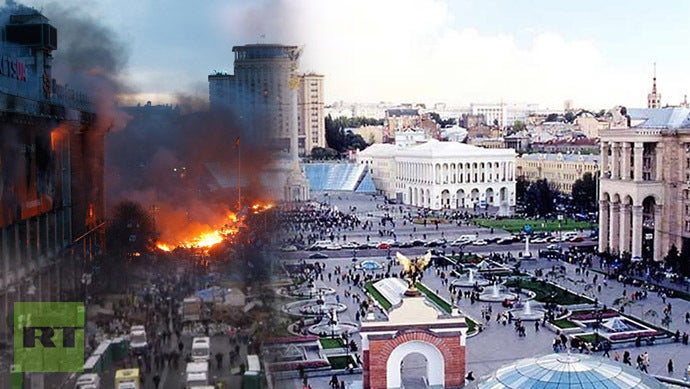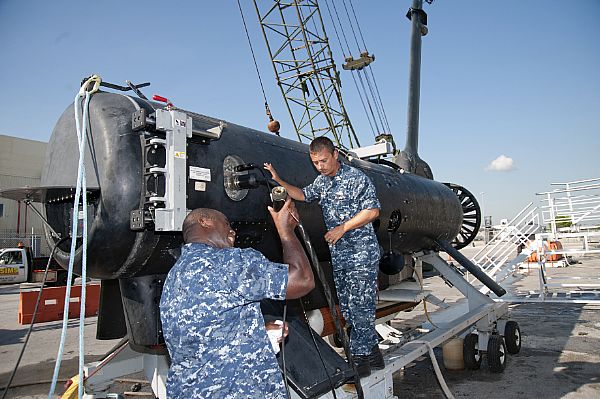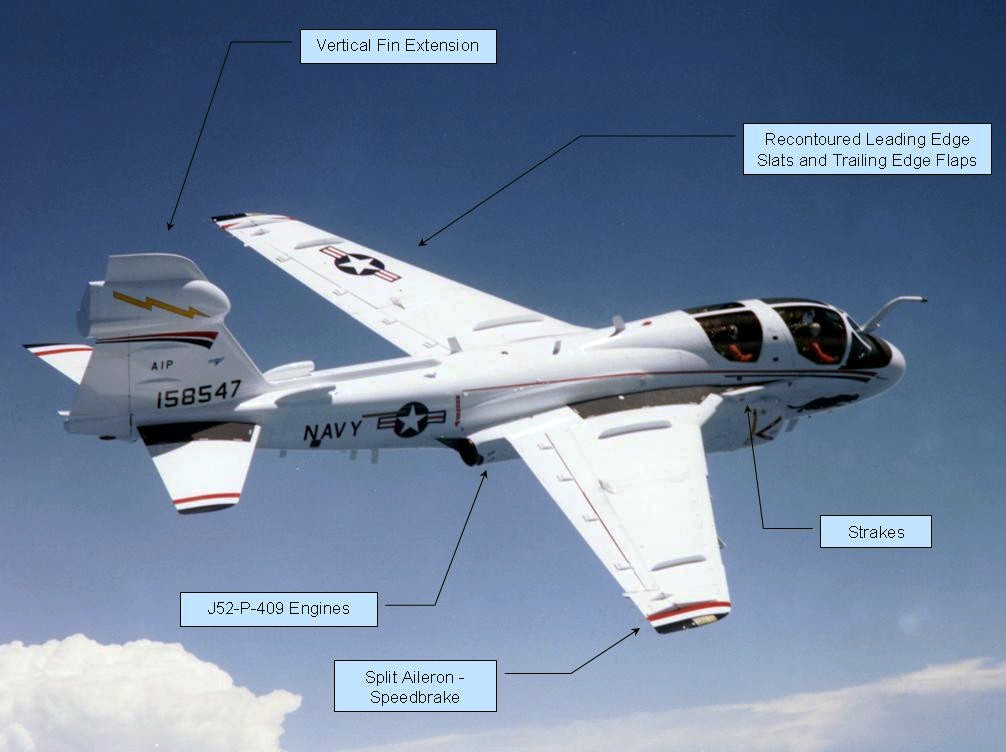▶ ARPA Video Manual Acquisition - YouTube
Published on Jul 23, 2013
In 1960, the
U.S. Maritime Administration developed a 10
target
automatic radar plotter with
manual and guard ring automatic acquisition,
true and relative vectors, and with collision
threat alarms and a trial
maneuver
capability. In 1971, MARAD made this type of "computer aided"
plotter mandatory on all MARAD subsidized
tankers. Sperry developed a 20
target,
manual acquisition, predicted area of danger plotting equipment and
lotron developed DIGIPLOT, which plotted 40
target vectors with fully
automatic all
area acquisition of the targets. IBM introduced their Maritime Integrated
Bridge System that was automatic acquisition of 20 targets and included Transit
Satellite Navigation and an Adaptive fuel saving autopilot for improved
steering.
The International Maritime Consultative Organization (IMCO) deliberated
over two years on the United States proposal
for mandatory carriage of
"MARAD
equivalent" automatic radar plotters on all vessels above 10,000
grt. In November 1979, a minimum standard was
agreed upon, as well as a
worldwide
fitting schedule, starting in January 1984 and continuing over a
five year period, depending on vessel type and
size. The original 1960
MARAD prototype
could probably meet the IMCO standard with only minor
changes, mainly including the addition of 4
history dots with coice of 1 or 2 minute spacing. This concept showed up as an
indicator of other surrounding vessels course and speed but was too slow to be
considered as a useful maneuvering aid in traffic and the USCG adapted the
Digiplot less than 15 second prompt course calculation to take forward to the
IMO for the minimuum standard ARP on a radar PPI display.
The IMCO 10 target minimum operational ARPA standard set requirements for an
aid
which will prevent collisions at sea
and in relatively open ocean waters.
Although
the systems are also intended to function approaching or leaving
harbors; the minimum IMCO standard does not
require the radar plotting
equipment to
work in high traffic density or in narrow waters or restricted
waterways when pilots would normally be aboard
and added a second higher standard for 20 targets that could provide an
indication of the direction of othr vessels in one minute and a fully very accurate
course and speed to tight specified tolerances in four close passings.
The technology is now available today and is a much lower priced third
generation
system whose ARPA calculated
vectors are displayed on an e-chart, exceeding the IMCO minimum standards by a
factor of 6 that now offers the potential for aiding a pilot in the safe
navigation of the vessel in and out of harbors in dense traffic and in
restricted waterways, are currently on the market. Now DIGIPLOT is the only
example now resuming production.
Automatic radar plotting aid - Wikipedia, the free encyclopedia
 I'm glad to see a useful update to this classic from Scitech. They seem to take an active, positive role in technical publishing. I hope SciTech has updated the instructional infrastructure as well. I was working at Hughes when the original came out and bought a copy through the employee purchase. We joked that it was the "Classics Illustrated" version of radar textbooks. While airborne radar is a major part of the subject, there are many other areas of the technology which need to be covered.
I'm glad to see a useful update to this classic from Scitech. They seem to take an active, positive role in technical publishing. I hope SciTech has updated the instructional infrastructure as well. I was working at Hughes when the original came out and bought a copy through the employee purchase. We joked that it was the "Classics Illustrated" version of radar textbooks. While airborne radar is a major part of the subject, there are many other areas of the technology which need to be covered. I've been teaching a radar class using Skolnik's Introduction to Radar Systems 3rd edition, and it is obviously in need of an update. McGraw Hill had zero in the way of instructor support, and had even lost the problem solution set. They had no plans for an update. I'm considering switching texts to Richards "Principles of Modern Radar: Basic Principles", published by Scitech as well, as painful as that might be, for its improved technical coverage, matlab supplements, and enhanced instructional resources.
I've been teaching a radar class using Skolnik's Introduction to Radar Systems 3rd edition, and it is obviously in need of an update. McGraw Hill had zero in the way of instructor support, and had even lost the problem solution set. They had no plans for an update. I'm considering switching texts to Richards "Principles of Modern Radar: Basic Principles", published by Scitech as well, as painful as that might be, for its improved technical coverage, matlab supplements, and enhanced instructional resources.














